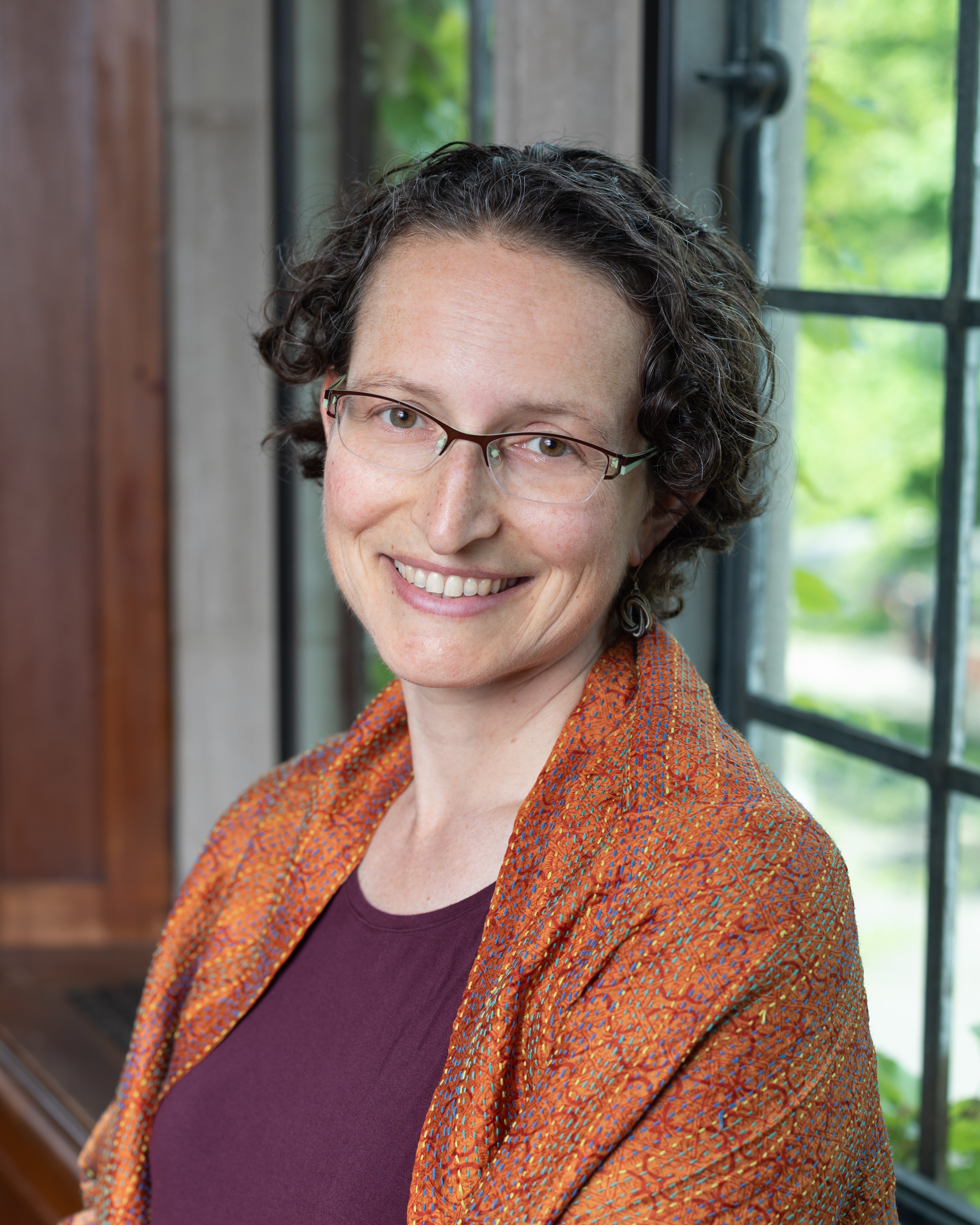
Mary Morton Professor of Art History and the College, Ancient American Art, Department of Race, Diaspora, and Indigeneity; Interim Director, Center for Latin American and CaribbeanStudies
Professor Brittenham studies the the art made by Indigenous people in Mesoamerica before and in the decades immediately after the Spanish invasion. My work involves reckoning with the ways that colonial frameworks shape every aspect of my discipline, from the concept of art and the hierarchies it reinforces, to the definition of Mesoamerica as a culture area and the way it obscures the interconnectedness of Indigenous communities across national borders.
Read more about Professor Brittenham here.
 THE UNIVERSITY OF CHICAGO
THE UNIVERSITY OF CHICAGO

